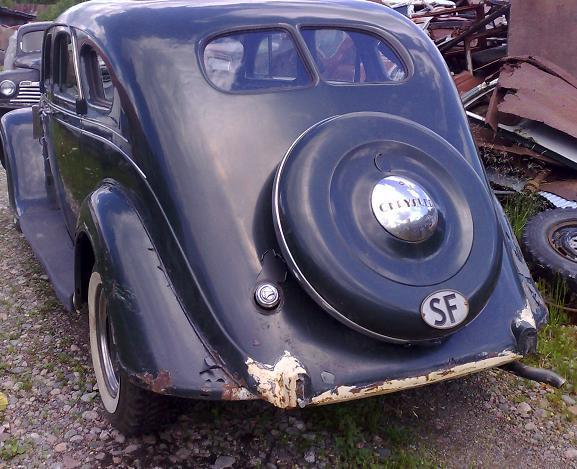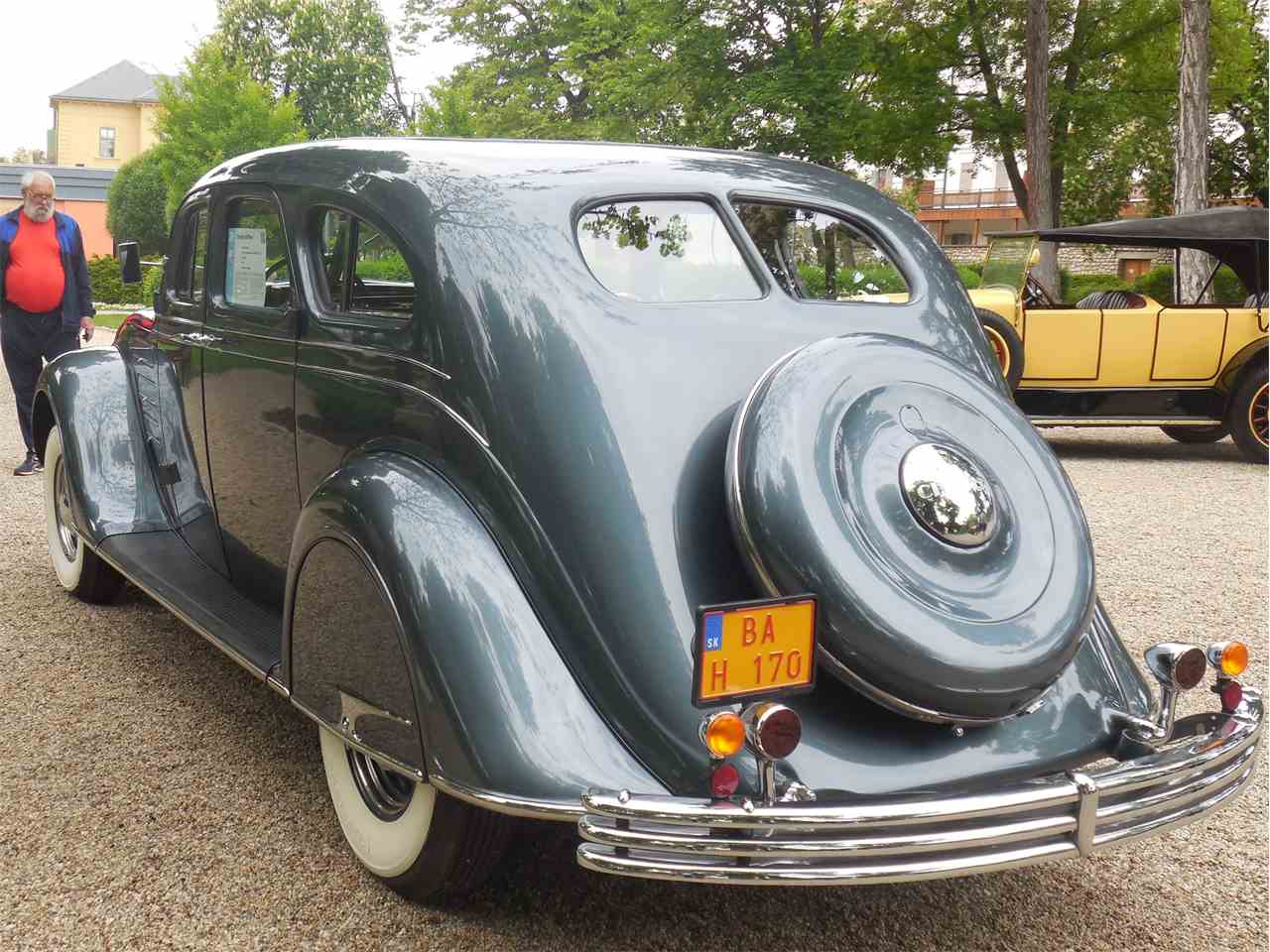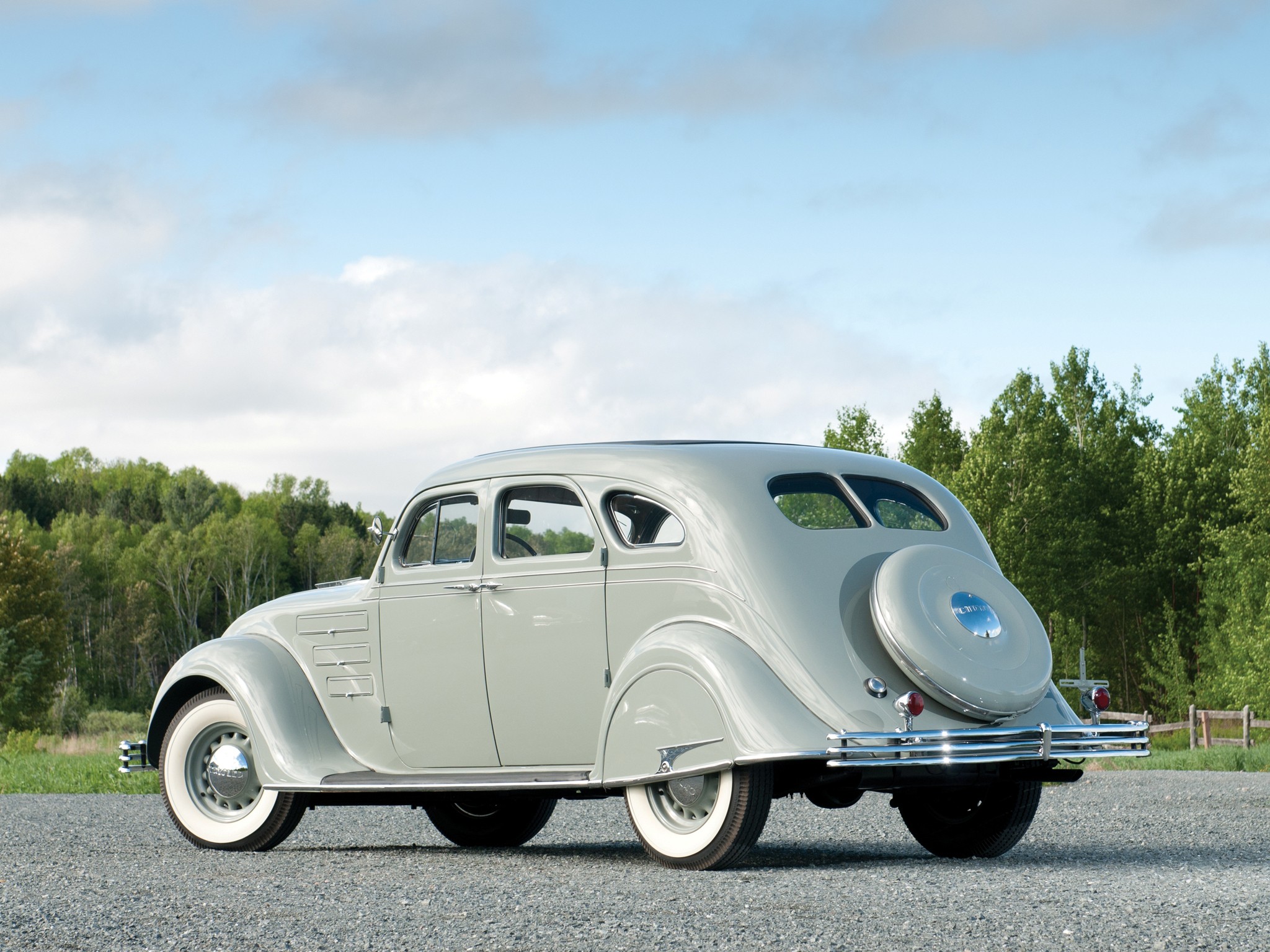
The vehicle on display is one of the few CV Coupes known to survive. In 1934 Chrysler manufactured just 212 of the Airflow Imperial CV Coupes, which were six inches longer and had more amenities than the standard models. Chrysler’s corporate cousin, DeSoto, pursued the same path between.

Offered between 19, Chrysler built two and four-door Airflow body styles with a design that primarily emphasized the virtues of streamlining. The spirit of the Airflow is a silent but important part of every car we drive today. It’s located in Mount Brydges, Ontario, Canada and is available for a current bid of 3,528, with the reserve not yet met. After the initial spurt, sales were slow, and Chrysler ceased production of the landmark model in 1937.ĭespite the Airflow’s market failure, other manufacturers soon adopted the lighter weight steel body construction and better aerodynamics it pioneered. It eventually required expensive new tooling, which caused major assembly delays. Orders for the revolutionary car poured in, and the Airflow’s complex construction was rushed. Introduced at the 1934 New York Auto Show, the eight-cylinder Airflow caused a sensation. The Airflow was a technological marvel with automatic overdrive and raked “safety glass” windshield. By moving the engine over the front axle, the Airflow gained additional interior space, while seating passengers between the front and rear wheels improved ride quality. The result was the Airflow’s ground-breaking streamlined design, which was sleeker, longer, and sat lower to the ground compared to other American cars. With fellow Chrysler engineers Fred Zeder and Owen Skelton, he went to aviator Orville Wright, who understood more than a little about aerodynamics, to test models in a wind tunnel. The revolutionary concept was born when Chrysler engineer Carl Breer noticed the similarity between the shape of airplanes and birds, and he mused how archaic auto design was in comparison. This company was first incorporated in 1894 by John Hubley and started manufacturing toy cars in 1909. Meanwhile, Chrysler continued to back away from the pure Airflow styling of the 1934 car, making it increasingly mainstream looking until pulling the plug altogether after the 1937 model year. 10 cm long, in great condition - Hubley Manufacturing Company is a famous name in connection with cast iron toys. Initial sales fell off and never fully recovered. Not only did the Chrysler Airflow lead the way in terms of aerodynamics - “streamlining” as it was then called - it was also among the first cars to incorporate a lightweight construction that presaged today’s unibody vehicles. Here is a wonderful - all original - CHRYSLER Sedan circa.



Though its Airflow was a commercial failure, Chrysler’s brave attempt at innovation may well have been the most important mass-produced vehicle of the 1930’s. HUBLEY OR KENTON ORIGINAL CAST IRON OVERLAND CIRCUS HORSE DRAWN WITH 2 HORSES,DRIVER AND BEAR. According to Fred Breer, son of Chrysler Engineer Carl Breer, the first 2,000 to 3,000 Airflows to leave the factory had major defects, including engines breaking loose from their mountings at 80 mph (130 km/h).About the 1934 Chrysler Airflow Imperial CV-8 Coupe The early Airflows arriving at dealerships suffered from significant problems, mostly the result of faulty manufacturing. The factory had not accounted for significant manufacturing challenges and expense due to the unusual new Airflow design, which required an unprecedented number and variety of welding techniques. The car was introduced months (in January, 1934) before it was put in production, and production peaked at only 6,212 units in May 1934 - very late in the year and barely enough to give every dealer a single Chrysler Airflow. Chrysler made a significant effort at a fundamental change in automotive design with the Chrysler Airflow, but it was ultimately a commercial failure. The Airflow was one of the first full-size American production car to use streamlining as a basis for building a sleeker automobile, one less susceptible to air resistance. The Chrysler Airflow is a full-size car produced by Chrysler from 1934 to 1937.


 0 kommentar(er)
0 kommentar(er)
